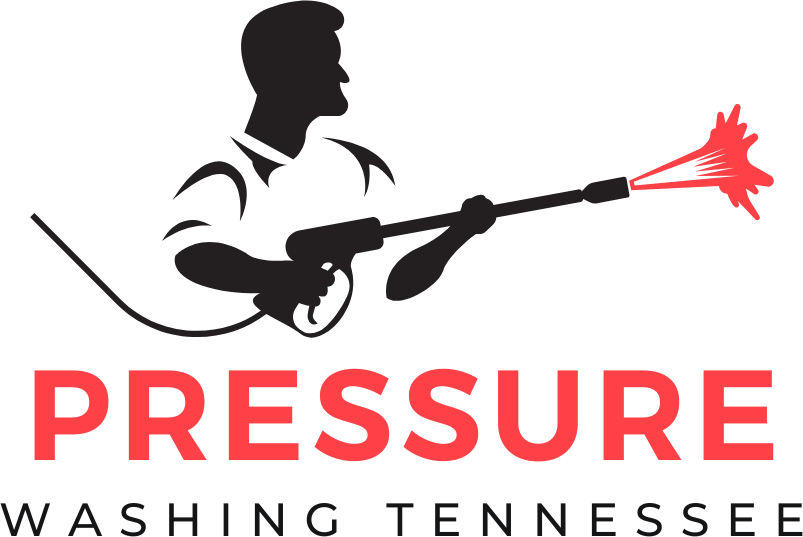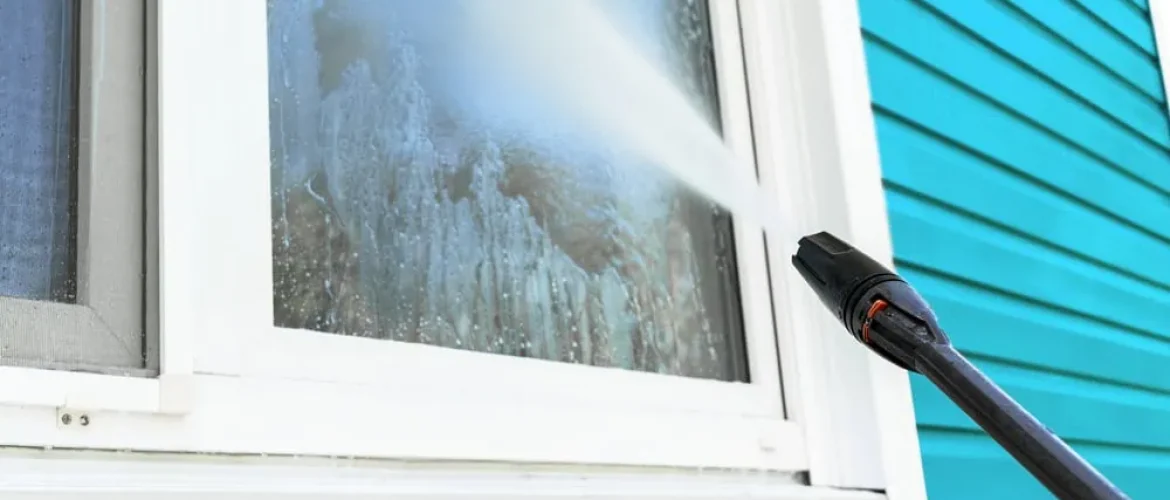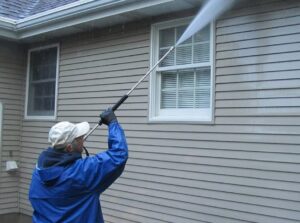I know how satisfying a freshly cleaned driveway or patio can be but I’ve also seen how traditional pressure washing can harm the environment. Many people don’t realize that harsh chemicals and careless water use can damage plants and pollute waterways. That’s why I’ve made it my mission to find smarter ways to keep outdoor spaces spotless without leaving a negative impact.
If you’re looking for a sparkling clean home and want to do your part for the planet you’re in the right place. I’ve gathered the best tips and tricks for environmentally safe pressure washing so you can achieve incredible results while staying eco-friendly. Let’s make every clean count—for your property and the world around us.
Understanding Environmentally Safe Pressure Washing
Choosing the right approach to pressure washing protects both the space and the environment. Eco-friendly methods use less water and avoid harsh cleaners that can damage plant life or wash into storm drains. Instead of relying on standard detergents, I pick biodegradable soaps that break down quickly and don’t pollute waterways.
Focusing on efficient water use, I always sweep or blow away loose dirt first, so I spend less time and water during the wash itself. Adjusting my equipment settings helps keep water flow at a level that gets things clean without waste.
Protecting nearby plants matters, so I shield them with tarps or rinse them before and after washing to dilute any cleaner that might drift their way. Watching the weather plays a role too; I avoid washing on rainy days, since runoff could carry residue farther than intended.
Being aware of local regulations helps me avoid fines and keeps my cleaning practices in line with environmental guidelines. That way, I maintain outdoor spaces responsibly while keeping my environmental impact low.
Choosing the Right Equipment and Cleaners
Finding equipment and cleaners that keep outdoor spaces spotless while protecting the environment takes careful selection. I look for designs and products specifically created to cut down water use and avoid toxic residues.
Eco-Friendly Pressure Washers
Electric pressure washers offer a cleaner choice over gas-powered models since they produce no emissions on-site. Units with adjustable pressure controls help target just the right force for different surfaces, which saves water and prevents damage. I also pay attention to models certified by ENERGY STAR or similar programs, showing commitment to energy efficiency.
Biodegradable Cleaning Solutions
Cleaning solutions labeled biodegradable contain ingredients that break down quickly and don’t linger in soil or water. I check labels for natural sources like plant-based surfactants, citrus oils, or soap bark, steering clear of harsh chemicals like bleach or ammonia. Using these formulas creates less risk for surrounding plants, pets, or streams after rinsing.
Preparing for an Eco-Conscious Pressure Wash
Choosing an eco-conscious approach to pressure washing starts before I even switch on my machine. Careful preparation makes a big difference in minimizing harm to plants, wildlife, and waterways.
Site Assessment and Planning
Looking over my outdoor space first helps me pinpoint areas needing extra attention. I check for spots with heavy grime or algae, walkways, patios, and exterior walls. Noting these locations lets me concentrate my efforts where cleaning is essential, cutting down unnecessary water use. Scanning the weather matters, too—dry days keep cleaning solutions from running into storm drains. Considering the surroundings, I identify sensitive plants or gardens so I can shield them from spray or overspray.
Containment and Water Runoff Management
Setting up containment measures helps keep cleaning runoff in check. Laying down tarps or plastic sheeting blocks debris and wash water from hitting garden beds or drains. Directing water away from storm drains using sandbags or temporary barriers keeps polluted water on my property. Collecting runoff for safe disposal, especially when using biodegradable soaps, prevents accidental contamination of streams or nearby ponds. By following these steps, pressure washing remains tough on dirt but gentle on the environment.
Effective Pressure Washing Techniques
Choosing the right technique makes pressure washing efficient and keeps cleaning gentle on outdoor spaces. Careful settings and smart habits support a cleaner result with less environmental impact.
Proper Pressure and Nozzle Selection
Selecting the right pressure and nozzle helps avoid damage and keeps the process eco-friendly. I use a low or medium pressure setting for most surfaces to prevent runoff and erosion. For patios, decks, and siding, a 25-degree or 40-degree nozzle spreads water in a wider fan, reducing risk to surfaces and plants. Narrower nozzles, like 0 or 15 degrees, suit tough stains on concrete but require extra caution since they use more force and water. Testing pressure on a small corner first lets me fine-tune settings and prevent over-washing.
Minimizing Water Usage
Conserving water remains central to environmentally safe pressure washing. I start by sweeping surfaces before washing, which lets me use less water during the rinse. Short, targeted bursts help remove dirt without letting the pressure washer run nonstop. Washing during cooler parts of the day slows evaporation rates, which makes water use more effective. Using a bucket and sponge for spot-cleaning stubborn areas further limits the need for high water pressure. These steps keep the cleaning process controlled, limiting waste and runoff.
Post-Cleaning Best Practices
Caring for the environment doesn’t stop when the washing’s done. Once I’ve finished pressure washing, I take steps to handle runoff and keep the area clean long after.
Wastewater Disposal
Proper wastewater disposal protects storm drains and nearby waterways. First, I check for collection options by using portable containment or wet vacuums to capture runoff where possible. If gray water collects, I direct it toward soil or landscaped areas—never onto the street or into drains—so plants can filter leftover soap and particles. Any wastewater with strong cleaners or debris goes to a hazardous waste site or gets filtered through eco-friendly absorbents, following local disposal guidelines. I avoid dumping any water where it might carry chemicals into public sewers or natural streams.
Eco-Friendly Maintenance Tips
Ongoing maintenance helps keep outdoor spaces clean with less water and fewer chemicals. I sweep driveways and patios weekly to cut down on grime buildup, which means less pressure washing needed later. Plant-friendly biodegradable soaps work for spot-cleaning spills or stains between washes. Keeping gutters clear and trimming vegetation also prevents extra mess from washing into my cleaning area. I store pressure-washing gear dry and in covered spots to prevent leaks or corrosion from spoiling future eco-conscious cleaning sessions.
Conclusion
Choosing environmentally safe pressure washing isn’t just about having a cleaner home—it’s about making choices that protect the world around us. When I take a little extra time to plan and use the right tools and products, I know I’m doing my part to keep my space and the environment healthy.
Every small step adds up. By staying mindful of my cleaning habits and opting for greener solutions, I can enjoy spotless outdoor spaces while leaving a lighter footprint on the planet.


